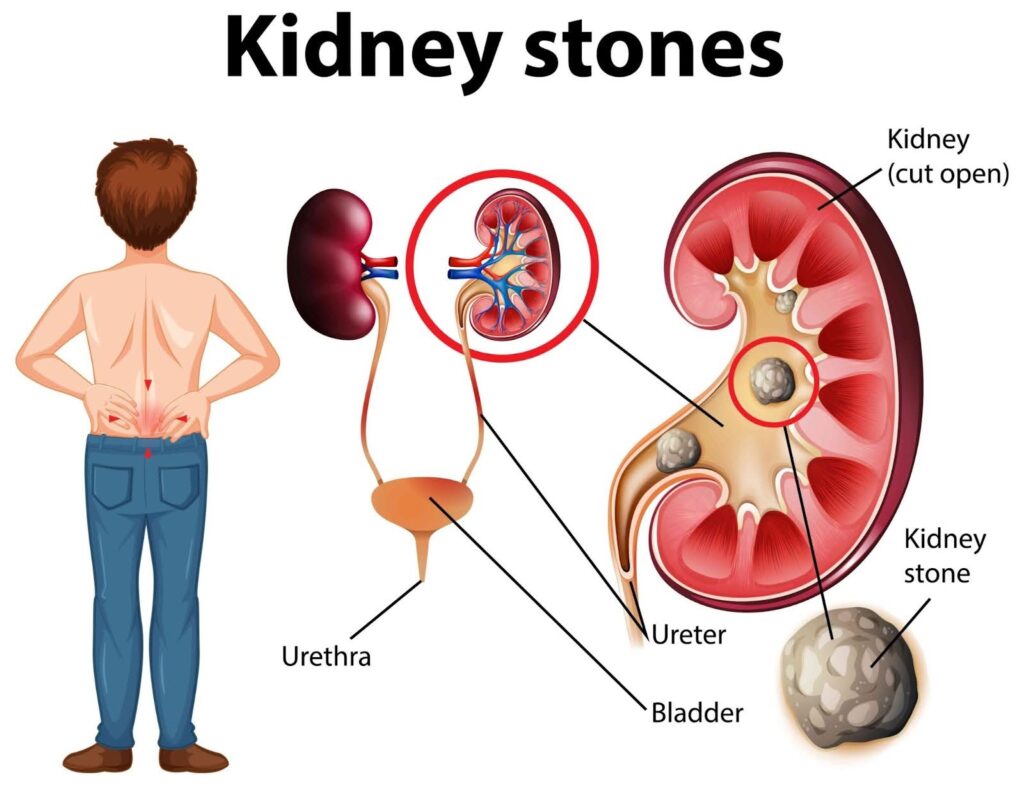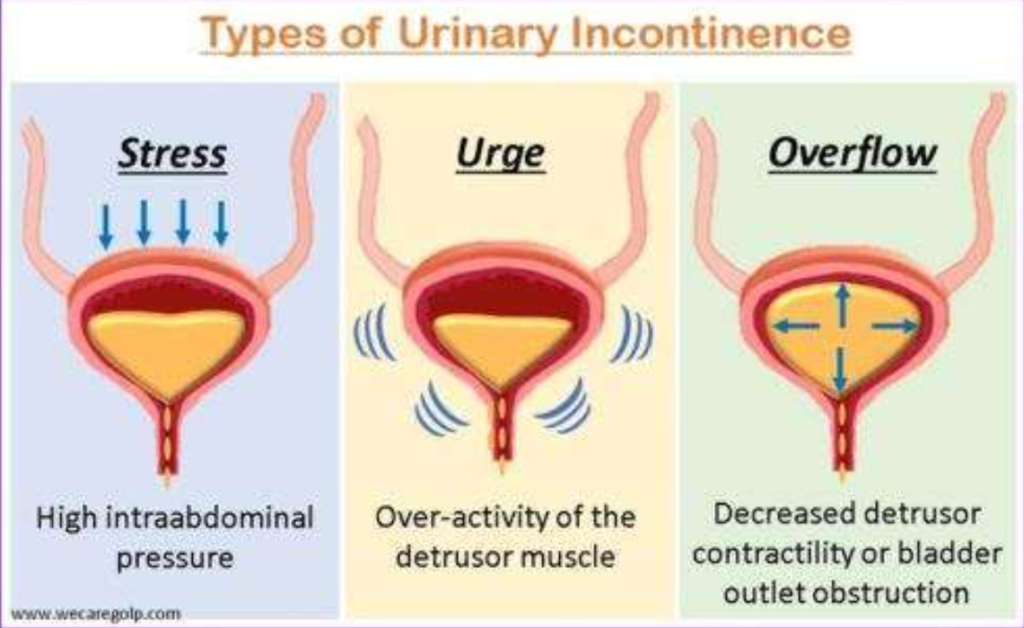When it comes to health, certain issues just cannot wait for the right time. This is especially true in urology. Urological emergencies such as sudden blockages, severe pain, or acute infections can arise unexpectedly, often leaving patients feeling alarmed and unsure of the next steps.
Often, these emergencies are so severe that they can impact basic bodily functions, like urination, turning simple symptoms into urgent matters. Understanding the most common urological emergencies is key for quick identification and making informed decisions when seeking care.
In this blog, we will discuss the top five urological emergencies every patient should be aware of to ensure timely action and swift recovery. Let’s begin.
5 Urological Emergencies You Should Know About
Knowing about these emergency urology conditions can help patients seek timely care and drastically improve their outcomes.
1. Acute Urinary Retention

Image: Source
Acute urinary retention is characterised by a sudden urge to urinate but being completely unable to. The condition can be extremely painful, causing sharp abdominal pain and a sense of fullness. It’s not just uncomfortable; it’s an emergency that needs immediate medical attention.
This situation frequently arises because of a blockage in the urinary system. Some typical reasons include prostate enlargement in men, kidney stones obstructing the urinary system, or intense urinary tract infections.
When it comes to treatment, immediately performing catheterization to alleviate pressure and pain by draining the bladder is essential. Subsequently, physicians will identify the root cause. Diagnostic devices like bladder scanners are very useful in this scenario, assisting patients in rapidly identifying the problem.
Santron Medtronic’s bladder scanners provide a rapid and noninvasive method of determining whether retention is caused by a blockage or another problem, enabling quicker medical intervention and relief.
2. Kidney Stones causing Obstruction

Image: Source
Kidney stones are another painful urological emergency that leads to blockage in the urinary tract. It may also cause distressful symptoms like blood in the urine, nausea, and a frequent need to urinate.
Kidney stones often form when certain minerals, like calcium or uric acid, build up and crystallise in the kidneys. They can vary in size, from tiny grains to larger stones that can block the urinary tract.
The size and position of the stone typically determine the treatment. Pain management and increased fluid intake can help smaller stones pass independently, but larger stones may need medical treatment like shock wave therapy or surgery.
3. Urinary Tract Infection (UTI)

Image: Source
A UTI is an infection of the urinary tract, which, if left untreated, can result in sepsis. The most common symptoms of a UTI include high fever, chills, rapid heartbeat, and confusion.
Typically, bacteria frequently gain access to the urinary tract via the urethra, leading to the infection. Although many UTIs can be cured with oral antibiotics, some can quickly spread if not treated.
Immediate medical care, often including IV antibiotics, is necessary to prevent the infection from spreading. Many hospitals use uroflowmeter devices to observe urine flow before and after treatment, as flow problems could signal an infection at an early stage.
4. Incontinence

Image: Source
Incontinence is a distressful condition typically defined as loss of bladder control. It is characterised by urgency urological symptoms like accidental urine leakage. While often manageable, severe incontinence can become an emergency, especially if it is caused by a neurological condition or blockage in the urinary tract.
Treatment for incontinence often depends on the cause. Your doctor can help you identify the best treatment plan, from catheterisation to medications or surgery.
Santron Medtronic’s urodynamic equipment can help doctors accurately measure bladder function and identify any underlying condition requiring immediate attention.
5. Acute Urinary Trauma
Last on the list of urological emergencies is urinary trauma, which involves an injury to the organs involved in urination. Common symptoms include blood in the urine, pain during urination, and difficulty urinating.
Depending on the severity, treatment options can range from rest and monitoring to surgery. Imaging is crucial for determining the damage’s severity. Additionally, urodynamic equipment is helpful in assessing urinary system function post-trauma.
Conclusion
Urological emergencies are common and can happen to anyone. Urology patient education can help patients respond appropriately and seek the right care when it matters most.
Santron Medtronic supports healthcare providers with specialised diagnostic tools, from bladder scanners to uroflowmeters, which play a critical role in emergencies. Contact us for further information.








